How to unblock a toilet – the easiest ways to unclog a WC
Toilet blocked? Our simple guide will take you through the best ways to get it flushing again

EDITOR’S NOTE: An earlier version of this article included a quote from a purported expert whose credentials we have not been able to verify. The quote has been removed. We regret this lapse in our verification process and have updated our internal protocols to reduce the risk of recurrence.
Being a homeowner comes with all kinds of tasks and chores. And while you can certainly put off ironing your clothes or cooking dinner, you definitely can’t put off unblocking a toilet. That’s why everyone should know how to unblock a toilet and have this information ready to go in case of emergency.
While most of us know how to clean a toilet, unblocking a toilet is a whole different ball game. It’s smelly, it’s dirty, and it often needs to be done as soon as possible to avoid disaster. Thankfully, unblocking a toilet doesn’t have to be as difficult as fixing a toilet flush or fixing a running toilet.
In fact, there are many different ways to unblock a toilet, and how you choose to do so really depends on what’s causing the blockage in the first place. That’s why we've consulted with the experts to give you all of the information you could need to choose the right solution for you.

How to unblock a toilet
'You’ll know your toilet is blocked if, when you flush it, water either takes a long time to drain from the bowl, does not return after draining, or rises upwards to the brim without going back down to its normal level,' explains Lydia Luxford, Technical Services Manager, Easy Bathrooms. 'This can be dangerous and unhygienic while producing a bad odour.' So, this is everything you need to know about how to unblock a toilet.
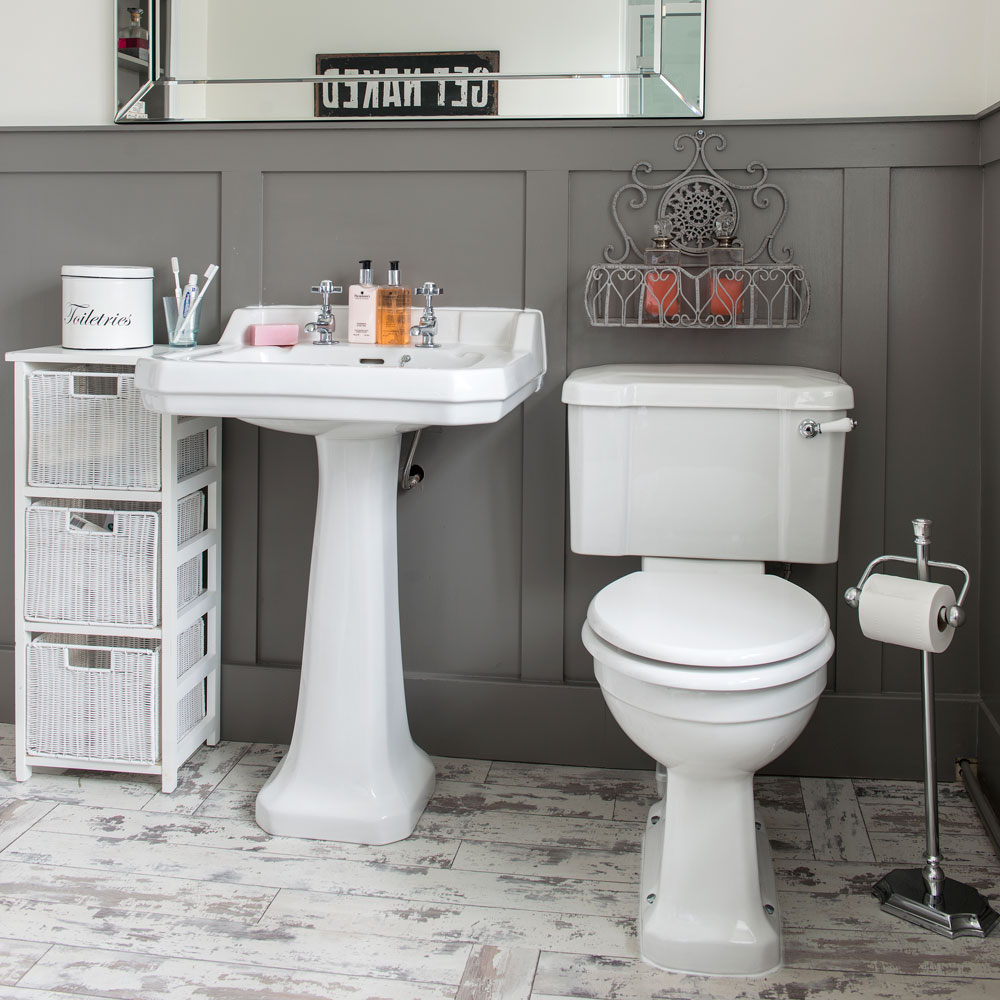
Identify the type of blockage
Different blockages require different remedies, so knowing what you're dealing with can prevent you from making the situation worse and having to call out a professional to fix it. There are three types of blockages to be aware of, which range in levels of severity.
- If water drains slowly from the toilet bowl, it means the blockage is in its forming stage. This means it should be relatively easy to unblock using the options below.
- If the water level in the toilet bowl rises to the brim without falling, this means there is a complete blockage, which is preventing the water from passing. This means it will be harder to unblock but not impossible.
- If, upon flushing the toilet, the bowl remains virtually empty, there is a problem with air circulation in the waste pipe. While you could try and solve this problem yourself, it’s best to consult a plumber who can fix this for you.
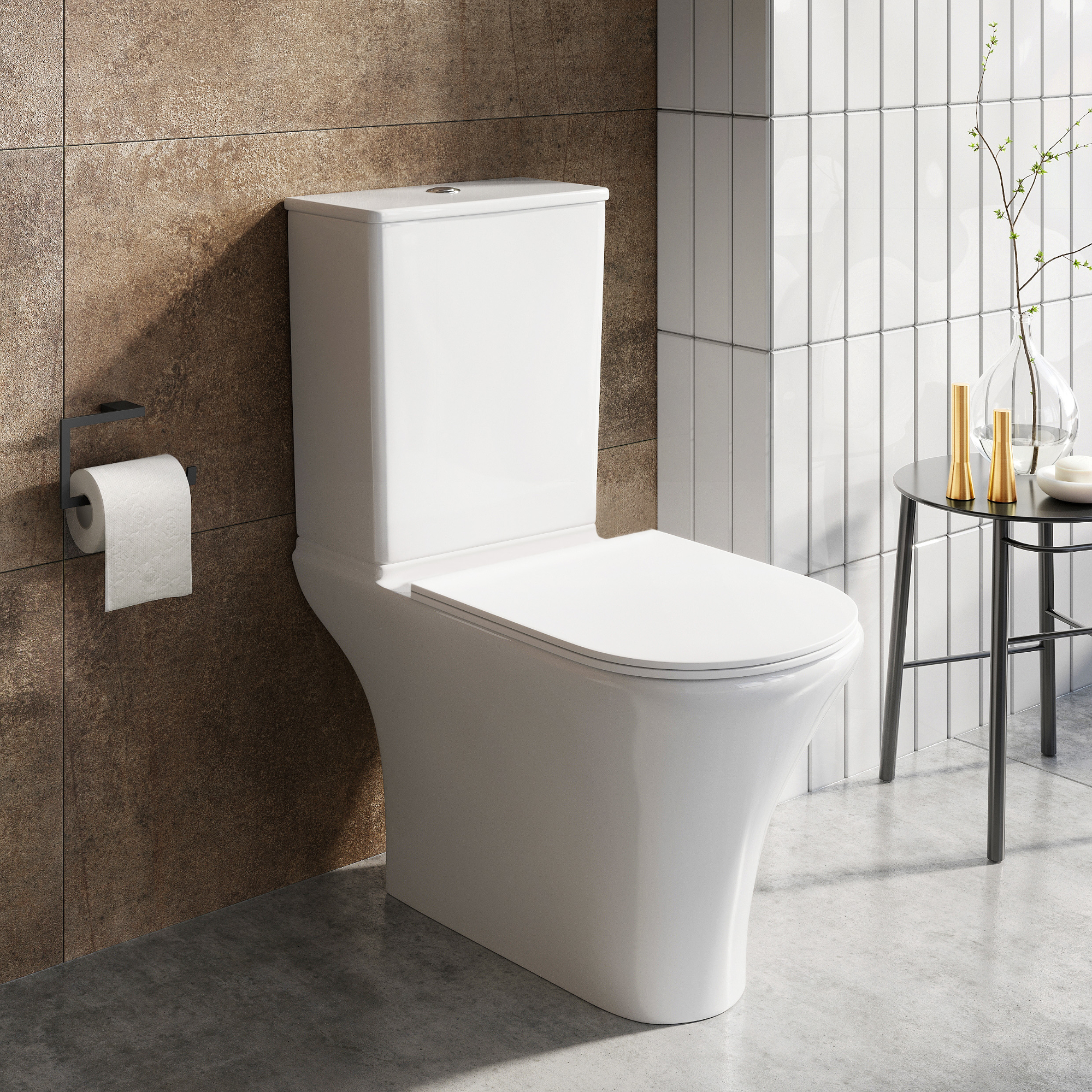
How to unblock a toilet with hot water
Before you get going with how to unblock a toilet using other methods, try pouring down hot water first. This can help dissolve the blockage so that the flush can push it down the pipe more easily, and is a more environmentally friendly way of unblocking your toilet.
How to unblock a toilet with a wire coat hanger
The surplus of coat hangers hiding in the back of the wardrobe can finally be put to use when learning how to unblock a toilet without a plunger. If possible, use a plastic coated hanger instead of a metal one to avoid scratches. If you are using a metal one, wrap it in tape so you don't mark the inside of the toilet, or simply use a gentle approach.
Sign up to our newsletter for style inspiration, real homes, project and garden advice and shopping know-how
- Unwind the metal coat hanger so you have one piece of long wire
- Bend it into a curve to allow the length of the wire to navigate the curves within the waste pipe
- Push the wire up into the toilet and wiggle gently to push the blockage of toilet paper clear.
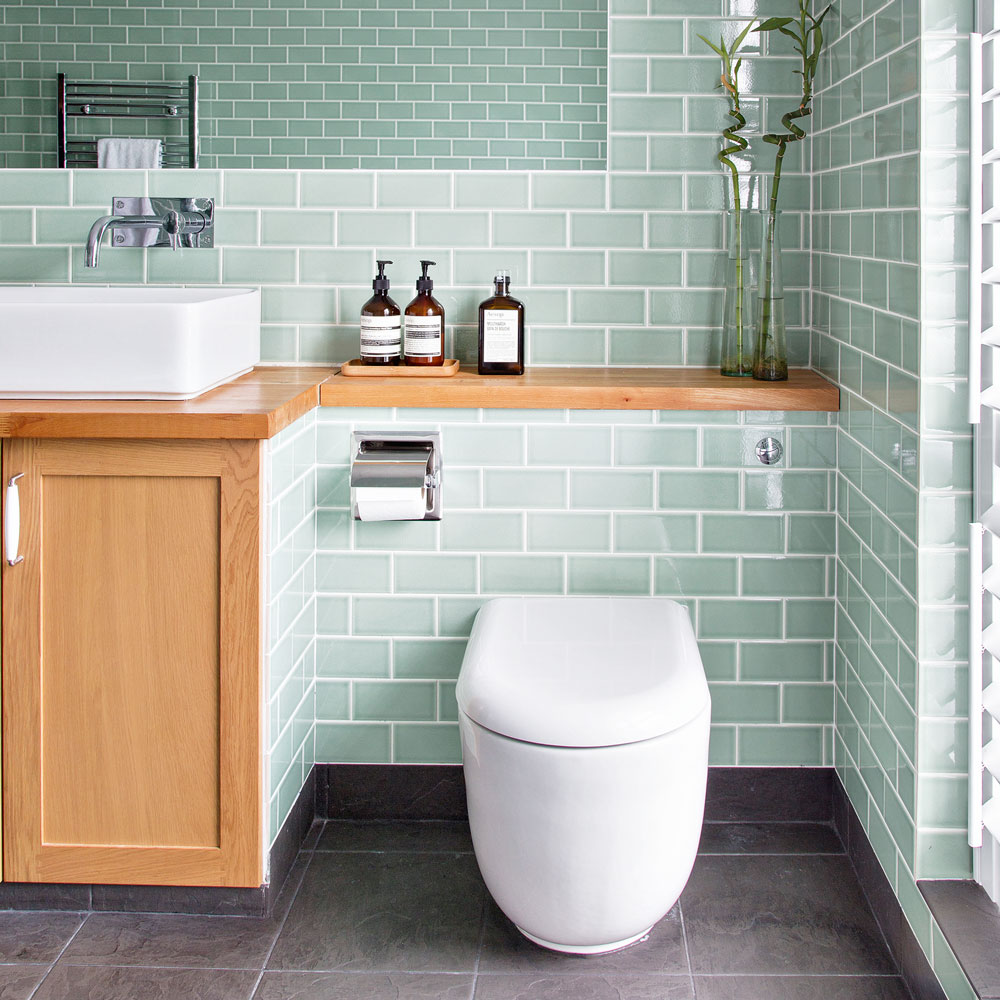
How to unblock a toilet with clingfilm
Yep, you read that right! You can learn how to unblock a toilet using this handy kitchen staple in place of a plunger.
- Lift the lid and ensure the surface of the toilet rim is completely dry – use paper towels for easy disposal
- Once dry place layers of clingfilm over the top of the toilet bowl. Due to the width and length of a toilet bowl you will need to repeat this step and add at least two or three layers to cover the whole surface area. Pull the clingfilm tightly so that it is properly adhered either side. This will build a strong barrier and produce better suction
- Flush the toilet, and wait for an air bubble to rise
- Gently press down on the bubble to force the pressure to encourage the blockage to travel further down the waste pipe.
How to unblock a toilet with baking soda and white vinegar
It's no secret that cleaning with vinegar can bring powerful (and cost-effective) results, and the same applies when using the store cupboard staple to unblock a toilet. Coupled with baking soda, they'll create a powerfully active substance guaranteed to get things moving through the toilet in no time.
- Pour half a cup of baking soda into your toilet bowl and half a cup of white vinegar on top of that
- Add between two and three litres of warm water and wait around 30 minutes to give the chemicals chance to erode any limescale and soap residue in the waste pipe
- Clear any excess foam by flushing it away
How to unblock a toilet with dishwasher soap
Another handy hack for how to unblock a toilet hack is by using dishwasher soap, which helps to lubricate the clogged pipe and allows any lodged debris to slide down more easily.
- Pour half a cup of dishwasher soap into the toilet and wait 30 minutes
- After enough time has passed, the debris should be visibly removed
- Flush the toilet to see whether or not regular water levels have returned.
How to unblock a toilet with a plunger
Failing all of the above methods, you can use a plunger to unblock a toilet, which are effective at tackling most blockages that have gathered at the base of the toilet.
'Unblocking the toilet with a plunger is slightly more complex than simply shoving it in and out and hoping for the best', says bathroom expert Lydia. 'But if used correctly, the results are quick, hygienic, and effective.'
Use a plunger that is shaped to seal the opening in the toilet bowl, so that it can create the correct vaccum and pressure needed, and also prevent mess.
- Seal the outlet pipe from the bowl - where the water usually drains when flushed - with the plunger so that neither air nor water can pass through. This will create a vacuum of pressure and prevent any mess from spilling out
- Start with a gentle action to avoid pushing the blockage further down the pipe. Push gently downwards and then pull up towards yourself
- Increase the amount of force you use to push and pull gradually until the water starts to recede
- If required, add more water to the bowl and then repeat the process and flush.
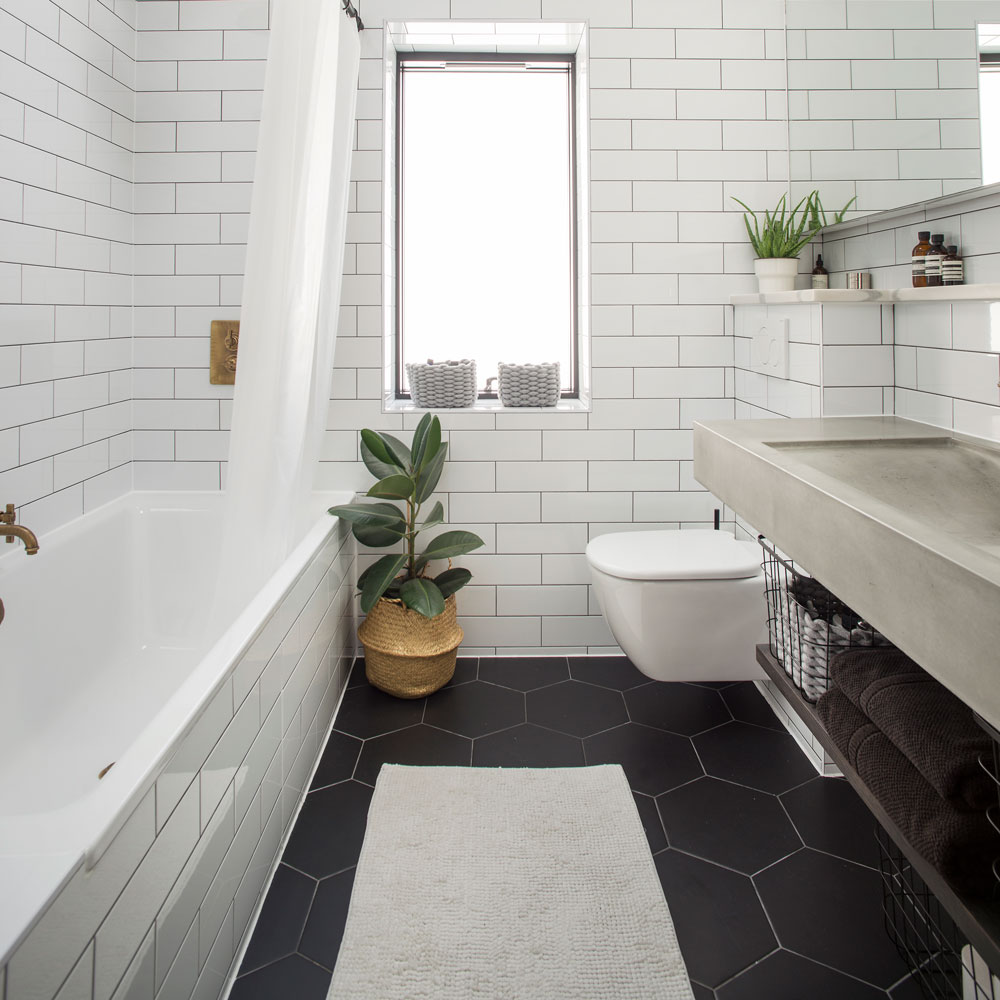
How to unblock a toilet with a wet-dry vacuum
The best vacuum cleaners are perfect for cleaning the dry areas of your house, but if you’re also lucky enough to have a wet/dry vacuum cleaner, this can come in extremely handy if you want to unblock a toilet.
These vacuum cleaners are specifically designed to handle both dry and wet scenarios and can be used to quite literally suck the blockage out of the toilet. Before you do that, though, it’s best to use the wet-dry vacuum to empty the toilet bowl of water, as this will allow you to create a vacuum around the U-bend and suck the blockage out quicker and more efficiently.
Just make sure you don’t try this trick with your dry vacuum cleaner, as this will no doubt have disastrous consequences.
If you're still experiencing a blocked toilet after trying all the above steps, it may be time to call a professional.
'If after a few attempts to unblock your toilet, it is still blocked, it is important to get expert help such as a plumber,' advises Ivan Ivanov from End of Tenancy Cleaning. 'It may be a sign of a deeper issue within your pipes that you cannot fix yourself!'
Prevention is best
There are some things you can do to minimise the risk of blockages in the first place. Not overly loading the toilet with toilet roll will help, as will pouring white vinegar down it every so often to help decompose any limescale build up.
'The best way to make sure that your toilets don't get blocked in the first place is thorough and regular cleaning,' advises Ivan Ivanov from End of Tenancy Cleaning. 'Make sure you are cleaning your toilet with a decent toilet cleaner with chemicals that aren’t too harsh at least once a week, as this will keep any grime at bay as well as keeping it smelling fresh.'
If you try your flush once and it doesn't work properly, you'll need to put into practice how to unblock a toilet because no further flushing is going to help. In fact flushing when it's blocked can cause the water levels to rise and then you're in bigger trouble. If you know there's something stuck in your toilet (a child's toy, a bottle of something that's fallen in etc.), reach for your gloves and pull it out.
Be aware of items that shouldn't be flushed down the toilet, which include:
- Cotton pads and cotton buds
- Sanitary products
- Makeup wipes, baby wipes, disinfectant wipes
- Food
- Hair
- Vitamins and medicines
- Any form of plastic
Basically, don't flush anything down the toilet that isn't human waste or toilet roll, and the need to unblock it will be much less frequent.
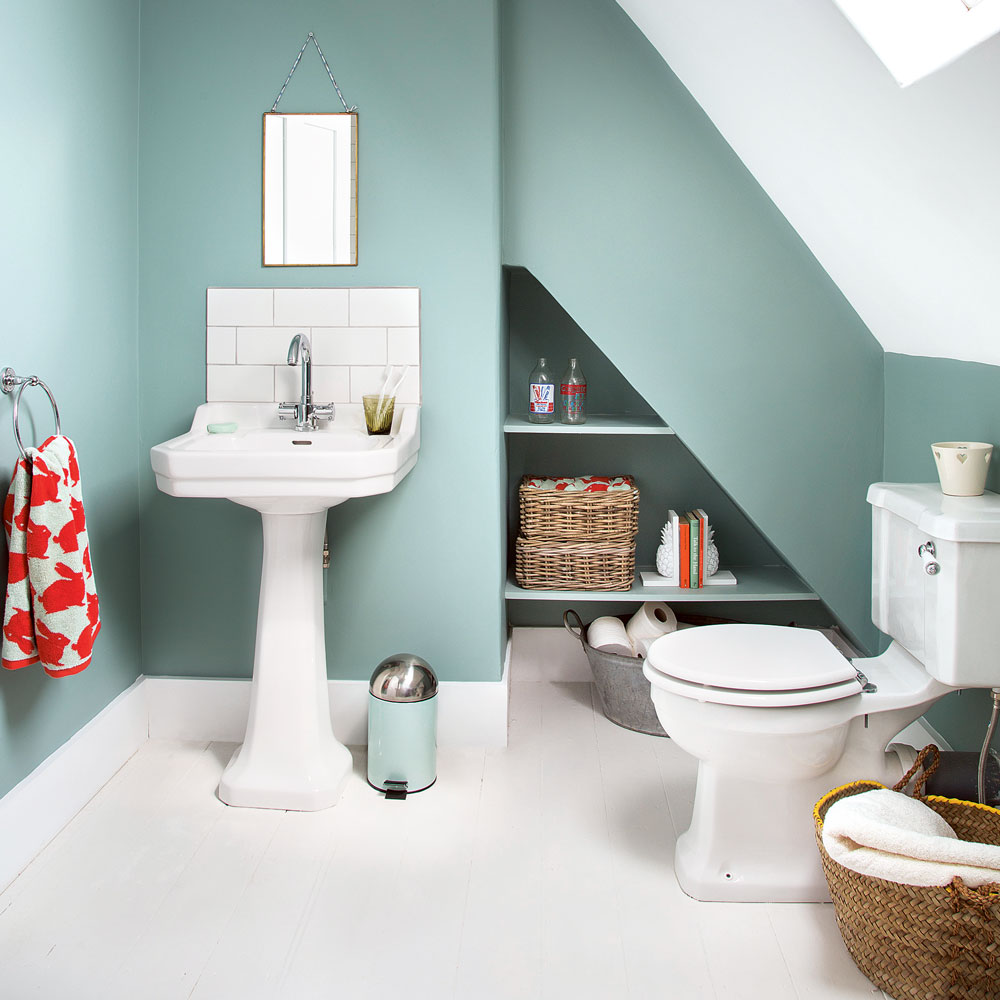
FAQs
What can you pour down a toilet to unclog it?
You can pour white vinegar and baking soda down the toilet to unblock it. These are two powerful cleaning agents which work to decompose any limescale and soap residue which may be causing problems with your toilet's flush.
Failing that, you could try using chemical unblocking agents such as bleach.
How do I unblock my toilet without a plunger?
The best alternative to unblocking a toilet without a plunger is to use a wire coat hanger. The length of the wire once you've untwisted it is ideal for reaching up into the waste pipe to get stuck materials wiggling.
Alternatively, you can by plumbing snakes from Amazon. Feed into the U-bend then use a twisting motion or an up and down motion on the handle of the snake to begin the process of breaking the blockage
You can also try covering the toilet seat in clingfilm, wrapping this tightly to create suction. Flush the toilet and push down on the air bubble that arises, to force the pressure back down the bowl. This should encourage anything stuck in the pipe to move forward.
What is the easiest way to unblock a toilet?
Using a plunger is the easiest way to unblock a toilet, as this product was designed to specifically solve this problem. A plunger will also tackle everything from small blockages to much larger blockages without negatively affecting the rest of your toilet in any way.
However, we understand that many people don’t have plungers in their homes. If that’s the case, the second easiest way to unblock a toilet is to use the hot water method.
Will bleach unclog a toilet?
Technically, bleach can unclog a toilet, and this is especially true if the toilet is blocked with toilet paper. However, unclogging a toilet with bleach isn’t recommended by experts as it doesn’t always work and can be dangerous.
Not only does bleach emit harmful fumes, but bleach exposure can also burn the skin if you’re not careful. So, if the bleach doesn’t successfully unblock your toilet and you then move onto another method to do so, you may find that you’re spraying and dripping bleach over your hands and your bathroom.
So, it’s always best to avoid bleach in favour of one of the other methods above.
Follow these tips, and your toilet will be free of blocks in no time.
- Lauren BradburyContent Editor (House Manual)
- Katie SimsContributor